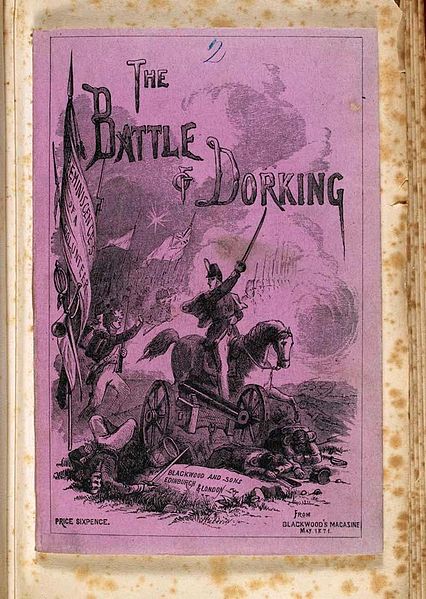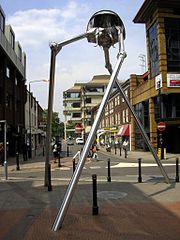To what extent does history and historic fantasy mix? How close to historic fact do we need to be to celebrate history and heritage? The launch of Seaxe magazine and the Fayre Times Festival are a bold attempt to reach people interested in both historic fact and the fantasy.

There is an obvious relationship between fiction and fact. Horatio Hornblower, Richard Sharp and Commando magazine are fiction and their activities, however accurately set contain fantastic elements of some kind The history of the Wars of the Roses offers an ill defined historic basis for historic fiction, such as the White Queen, but is also the basis for Hollywood films such as the Prisoner of Zenda and Game of thrones. The historic dark ages provides the culture and mythology that sustains middle earth as the best loved fantasy of modern times.
There are far more people who read Tolkein than Beowulf, and more viewers of the White Queen and Game of Thrones than visitors to Barnet Towton and Bosworth. So what attitude should those of us interested in military heritage take to people more interested in the culture and ethos inspired by history than in history itself? We have become used to re-enactors who portray people with an anonymous historic background. But there are also people who dress up as members of mythical societies based on medieval societies,mainly as a spin off from role playing games. Where do they fit into the heritage world?

There is a difference between history and heritage. The archaeological remains of Stonehenge is a fact. The ley lines of druid mythology may or may not have any historic basis, but do exist as part of our cultural heritage. This does not mean, and should not mean that a spot of mythical significance should have the same protection as, say, a battlefield. The Battlefields Trust is only concerned with the heritage of battlefields and not fictional battlefields such as the George Chesney’s Battle of Dorking or HG Wells fight against the martians on Horsfell common in Woking. However, it is right to encourage those fascinated by the myth to understand and support the protection of the historic heritage on which their myth is based.

Lots of subjects we now regard as mainstream and acceptable were once seen as deemed nerdish and derisory. In the 1960s and 70s military history was seen as an academic irrelevance. It took people such as Richard Holmes to make military history a respectable subject worthy of media interest. The late Don Featherstone and Paddy Griffith showed that it was possible to be a wargamer and have something serious to say about military history.
The Battlefields Trust is providing Seaxe with articles from back issues of Battlefield and will be represented at the Fayre Times Festival. The individuals behind the projects deserve support in helping to ensure that the message about the value of preserving interpreting and understanding battlefield heritage is not forgotten by those who draw on it for inspiration.
